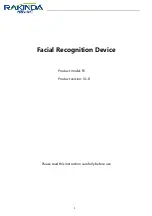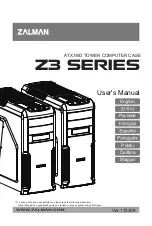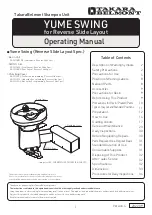
LIGHTNING PROTECTION FOR MASTS
2 (8)
Uppgjord (även faktaansvarig om annan) -
Prepared (also subject responsible if other)
Nr -
No.
KL/ECS/S/LT Magnus Lindahl
ECS/S/LT-96:5037
Dokansv/Godk -
Doc respons/Approved
Kontr -
Checked
Datum -
Date
Rev
File
KI/ECS/S/LTC
1996-06-04
A
Error! Unknown switch argument.
Introduction
It is in the nature of the subject that no complete solutions suitable for all situations
can be given, but merely general recommendations. The possibilities that can be
utilized are described below, together with the rules that should be followed and
some information on materials.
Lightning protection should primarily be used to avoid the screening of the antenna
lead functioning as a conductor in the event of a lightning strike on the antenna mast.
The consequences of a strike may involve risks to service personnel. Effective
earthing of the mast should be carried out with an earth electrode and a connection
to a common earthing point, close to the incoming high-voltage earth. Before
connection to the high-voltage earth, permission must be obtained from the power
supply company. Any parts of the installation which are hidden (buried) must be
marked on the site drawing.
The purpose of these measures is to protect personnel and equipment from
transients caused by lightning. High voltages may arise through direct lightning strike
to the antenna or other metal objects such as support wires, roof fittings or power
lines. Other strikes in the surrounding area may also give rise to voltage transients
through induction in leads, masts and support wires. Free conductivity in power and
telephone lines may also transfer high voltages caused by distant lightning strikes.
Need for lightning protection
To prevent injury and damage to equipment, certain reasonable precautions must be
taken.
The degree of lightning protection that is required must be assessed in the light of the
consequences that may occur. Failure of a radio installation may cause users in
considerable difficulties. Lightning protection giving 100% protection cannot,
however, be installed. The cost of materials and labour must also be taken into
account.
















































